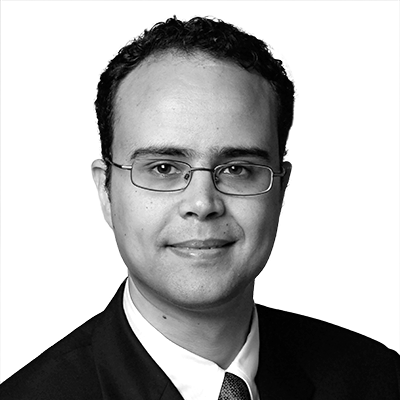Investing
Global Equity Enhanced Income Fund
An innovative and dynamic approach designed to deliver a high level of consistent income and capital growth, now with a three-year track record.
Delivering an equity income portfolio can often result in a tug-of-war between income, capital growth and a balanced portfolio. The Allspring Global Equity Enhanced Income Fund has been designed to overcome this challenge.

What: A fund designed to deliver a high, consistent income plus access to the growth potential of global equities
01.
Enhanced Income
Targets a high, consistent yield — 6% p.a. (paid quarterly)*
02.
Growth potential
Designed to capture the long-term growth potential of global equities
03.
Balanced exposures
Helps mitigate style swings while capturing growth opportunities with a globally diversified portfolio
*As of 31 March 2025. The figure is based on Class I (USD) Distributing share class.
A target is indicative only, not guaranteed and does not take into account fees or charges which will reduce returns.
A diversified approach to income delivery
Diversified sources of returns are dynamically managed to deliver the targeted income while generating robust total returns for investors.
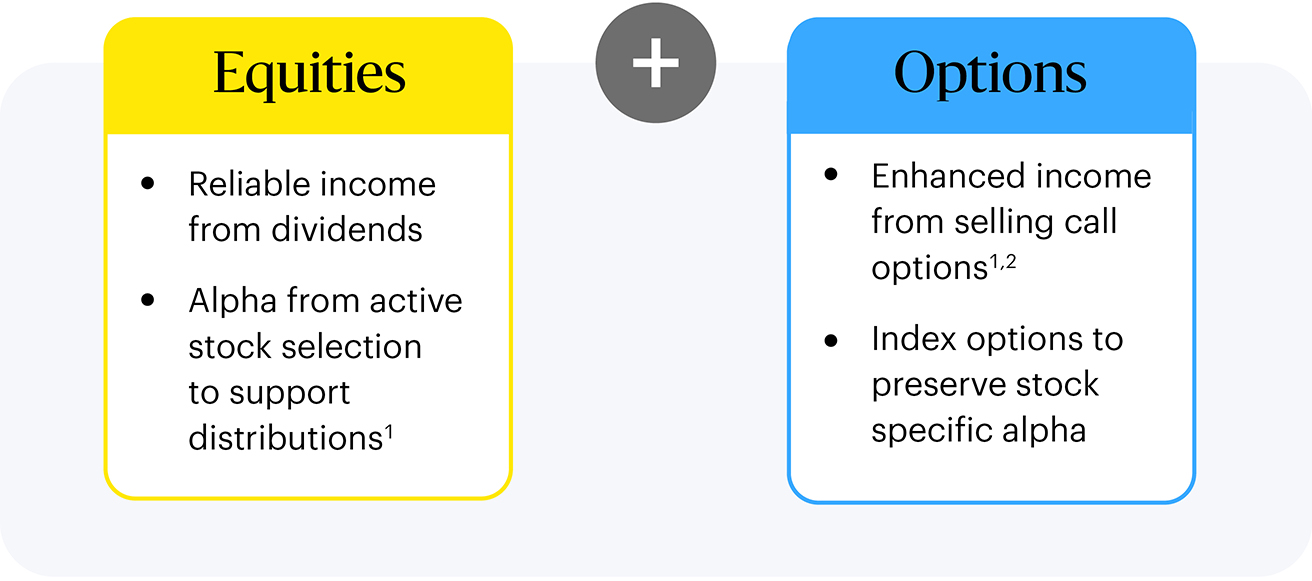
1The fund intends to make consistent quarterly income distributions. Capital gains from both equity and option portfolios can be utilized in addition to equity dividends to achieve the target distribution. 2Only partial potential upside is given up in order to preserve long term capital growth.
One portfolio, two uses
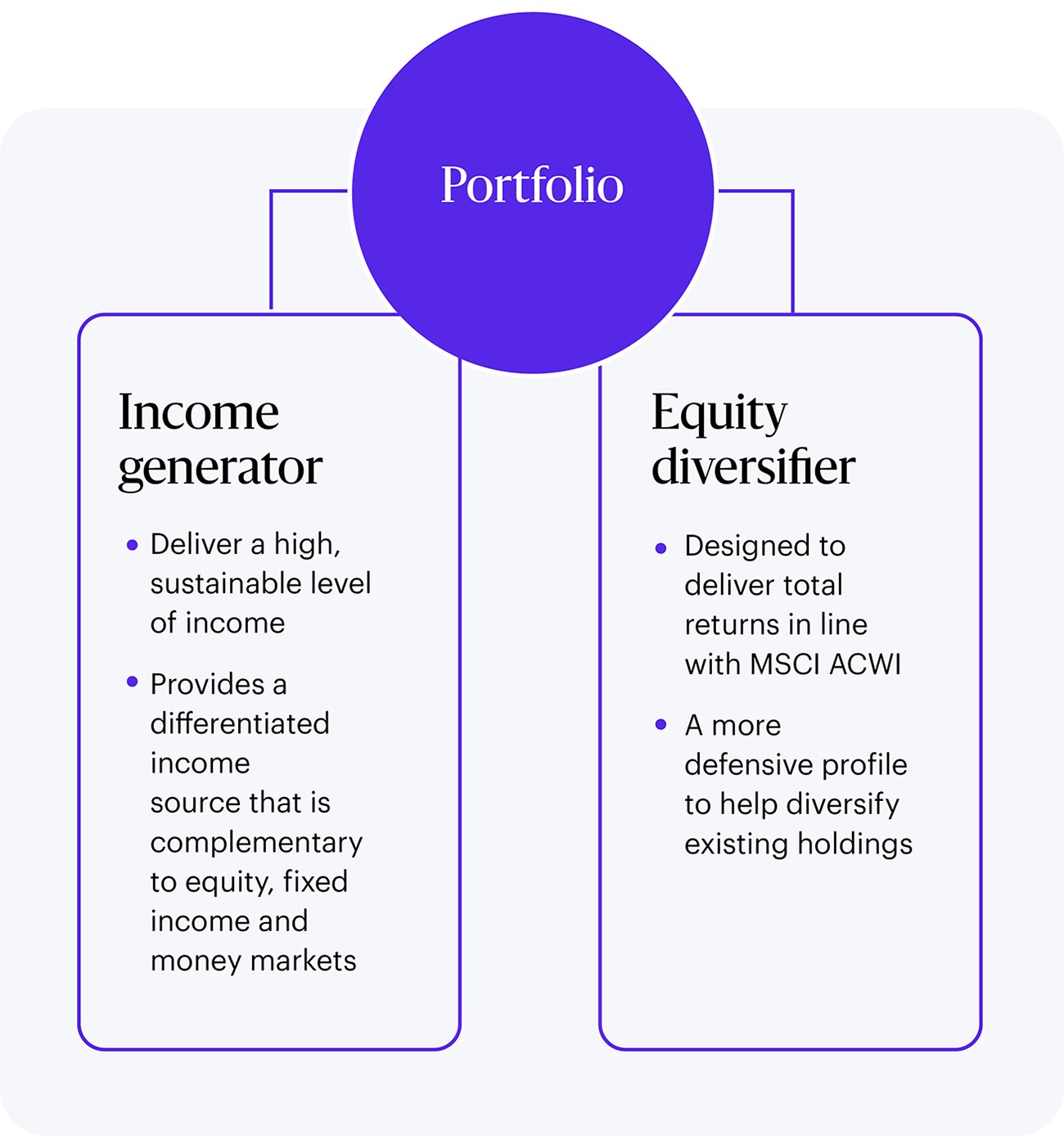
Why: Global equities provide a broad opportunity set for income seeking investors while delivering robust capital growth in excess of inflation
01.
Global opportunity set
Avoid concentration risk with a diversified portfolio
02.
Long-term capital growth
Income investors also need to grow their assets
03.
Robust real returns
Help overcome the impact of inflation
How: An innovative and dynamic approach to delivering income
High, consistent income
- Two sources are dynamically managed.
- Balance the trade-off between income and equity returns.
Captures equity growth
- Our proprietary ‘Quantamental’ investment process combines the best of quantitative tools and fundamental analysis.
- High conviction portfolio of 60 to 80 stocks.
Balanced portfolio
- Portfolio constructed to avoid common style biases and structural underweights.
- Complements other income generating approaches.
Who: Meeting investors’ specific needs
The systematic edge team is a global quantitative capability that offers a broad range of investment products and solutions designed to help meet clients’ goals.
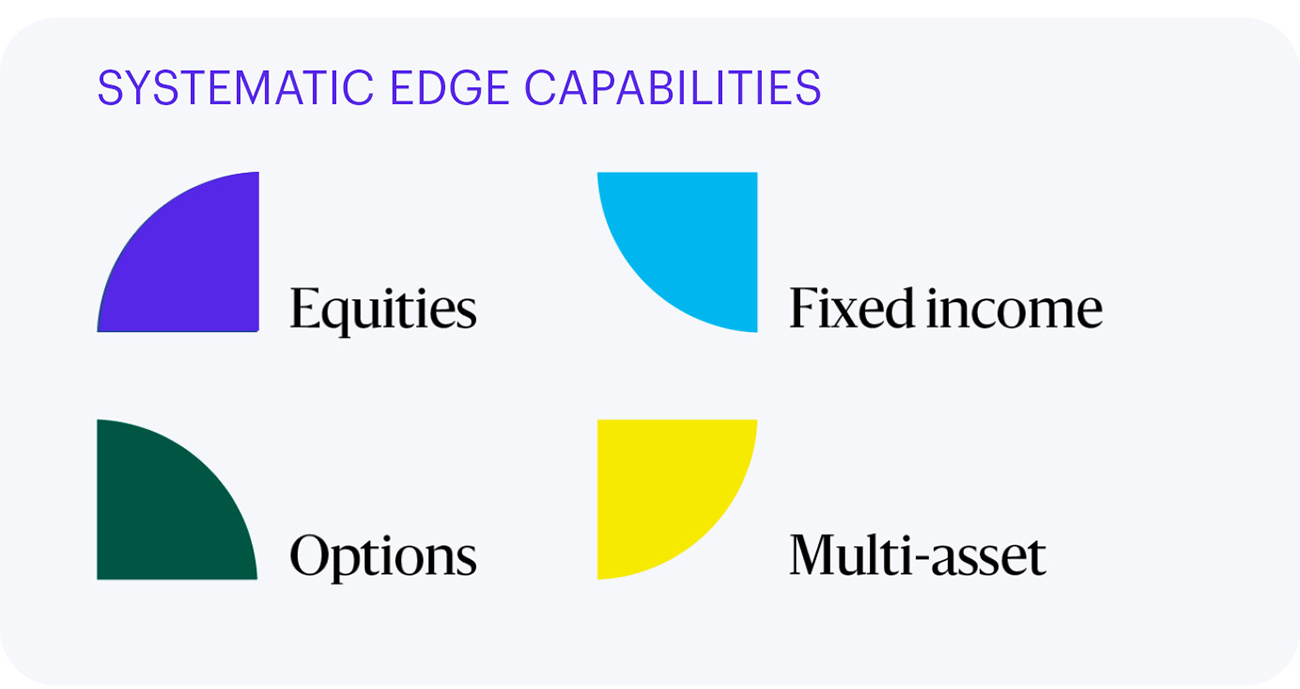
Built on award-winning research, the Systematic Edge team provides clients with specialist insights that are combined with cutting-edge portfolio construction techniques to provide targeted outcomes.
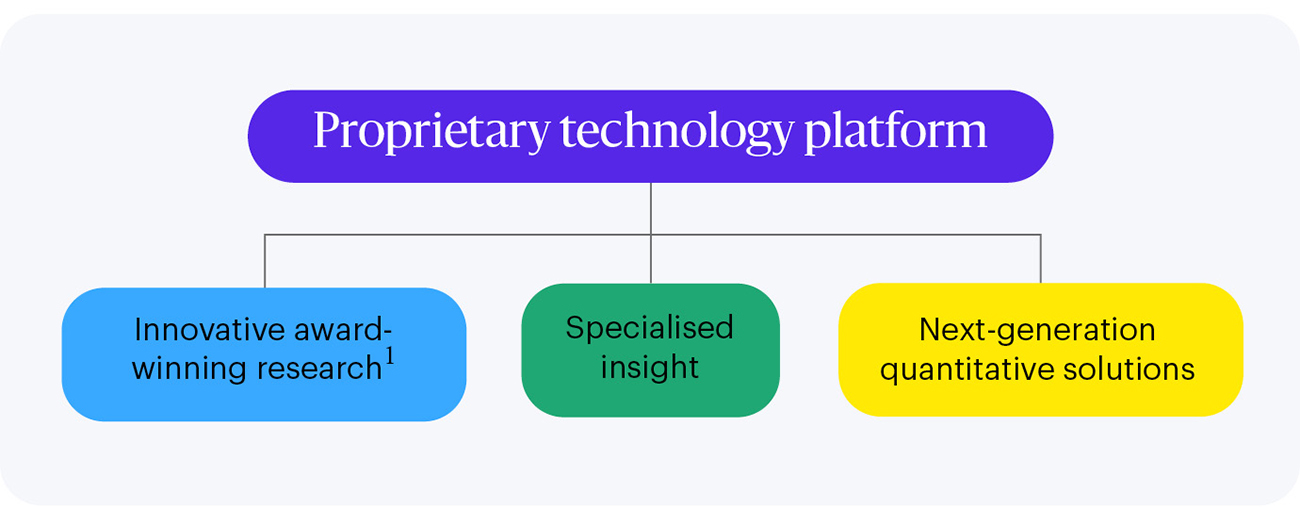
1 Allspring does not provide investment research; awards for research are for papers published by a third party and authored by Allspring investment professionals. They are not a guarantee of future performance at Allspring.
Pm Perspective
Calm Amid the Chaos: The Power of Equity Income
In a year marked by unpredictable market swings, Sophie Scott, head of International Portfolio Specialists, explores how equity income can offer stability and growth for investors.
Transcript
Sophie Scott: It's been a wild ride for investors so far this year. One day markets are free falling and the next day they're rallying. We think that equity income could potentially provide investors some calm amid the chaos. Now over the last few years, growth has really dominated, so it's easy to see why income may have been left behind. But if we look back, we can see why income investors choose to have income focused portfolios in their allocations. Now, the average yield on the MSCI ACWI over the last 25 years has been 2.4%. While low on a standalone basis, the volatility of that figure has been just 1% over that time. Compare that to the price volatility, which is 18%. So, what this shows us is income is the most stable component of total return. Now, if you'd taken $1,000 and invested that 25 years ago in the MSCI ACWI, just focusing on the price return, you would have just over $2,700 today. Now, if you had reinvested the income over that time period, you would have just over $4,200 today. Now that's the power of compounding. So, we often hear investors have some concerns over equity income portfolios. They may be scared of unreliable dividends, missing out on growth stock opportunities, and having too much value in their portfolios. Now, we think it's possible to overcome these challenges. For example, adding another income source into the portfolio, such as premiums from selling options and allowing a small amount of non-dividend-paying securities into the portfolio, and, finally, by being very focused on balanced exposures across regions, sectors, and factors. Now, designed carefully, we believe that global equity income portfolios can be a powerful component of an investor's allocation, delivering both income and capital growth in a well-diversified portfolio.
Learn more about the fund:
Visit the fund page for performance, deeper investment details, and fund documents.


Key risks
Smaller-company securities risk: Securities of companies with smaller market capitalisations tend to be more volatile and less liquid than securities of larger companies.
Geographic concentration risk: Investments concentrated in specific geographic regions and markets may be subject to greater volatility due to economic downturns and other factors affecting the specific geographic regions.
Global investment risk: Securities of certain jurisdictions may experience more rapid and extreme changes in value and may be affected by uncertainties such as international political developments, currency fluctuations and other developments in the laws and regulations of countries in which an investment may be made.
ESG risk: Applying an ESG screen for security selection may result in lost opportunity in a security or industry resulting in possible underperformance relative to peers. ESG screens are dependent on third-party data and errors in the data may result in the incorrect inclusion or exclusion of a security.
Currency risk: Currency exchange rates may fluctuate significantly over short periods of time and can be affected unpredictably by intervention (or the failure to intervene) by relevant governments or central banks, or by currency controls or political developments.
Emerging markets risk: Emerging markets may be more sensitive than more mature markets to a variety of economic factors and may be less liquid than markets in the developed world.
Equity securities risk: These securities fluctuate in value and price in response to factors impacting the issuer of the security as well as general market, economic and political conditions.
